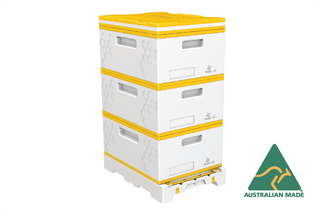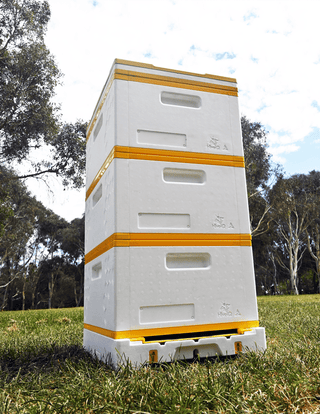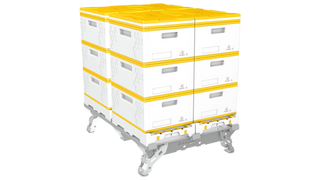Varroa mites are a major threat to honeybees, causing serious harm to the bees and their hives. These parasites feed on the blood of adult bees and their developing brood, weaken their immune systems, and transmit viruses that can cause colony collapse disorder. If you're a beekeeper, it's important to take steps to prevent varroa mites from invading your hives. Here are some tips to help you keep your bees healthy and productive:
1. Monitor your hives regularly
The first step in preventing varroa mite infestations is to monitor your hives regularly. This means checking your bees for signs of infestation, including visible mites on the bees and deformed wing virus in the brood. You can use sticky boards, alcohol washes, or powdered sugar rolls to monitor mite levels in your hives.
2. Use integrated pest management techniques
Integrated pest management (IPM) techniques are a combination of strategies designed to manage pests in a way that is safe, effective, and sustainable. When it comes to varroa mites, IPM techniques include monitoring mite levels, treating infested hives with miticides, and using non-chemical methods like drone trapping and screen bottom boards to reduce mite populations.
3. Rotate your treatments
If you do need to use miticides to treat varroa mite infestations, it's important to rotate your treatments. This means using different classes of miticides at different times to prevent mite resistance from developing. It's also important to follow the label instructions carefully when using miticides, and to avoid using them during the honey flow to prevent contamination of the honey.
4. Keep your hives strong
Healthy and productive hives are better able to defend themselves against varroa mites and other pests and diseases. To keep your hives strong, make sure they have plenty of food, water, and space, and that they are free from other stressors like pesticides and poor nutrition. You can also re-queen your hives regularly to maintain genetic diversity and vigor.
5. Practice good hive hygiene
Good hive hygiene is essential for preventing varroa mite infestations. This means keeping your hives clean and free from debris, and removing dead or diseased brood and comb. You should also avoid sharing equipment between hives or with other beekeepers, as this can spread mites and other pathogens.
In conclusion, preventing varroa mite infestations requires a combination of monitoring, management, and good beekeeping practices. By following these tips and staying vigilant, you can help keep your bees healthy and productive.
The HiveIQ beehive is designed with integrated varroa mite protection features including:
- Integrated rails – The HiveIQ slide rails located on the underside of the hive base allows for varroa mite stick boards to be inserted quickly and easily on the underside of the hive
- High thermal performance – The HiveIQ beehive has a high thermal performance due to its outstanding insulation. As a result, the colony requires fewer bees for climate control tasks such as clustering or fanning, which allows more bees to focus on hive hygiene.
- Ventilated floor- increasing ventilation within the hive, helps the colony regulate the temperature and humidity levels, making the hive environment less favourable for mites to reproduce and thrive.
- Thermally superior - Varroa mites reproduction is influenced by temperature and humidity levels within the hive. A thermally superior beehive with good insulation helps the colony regulate the temperature and humidity levels inside the hive, making it less favourable for mite reproduction.




